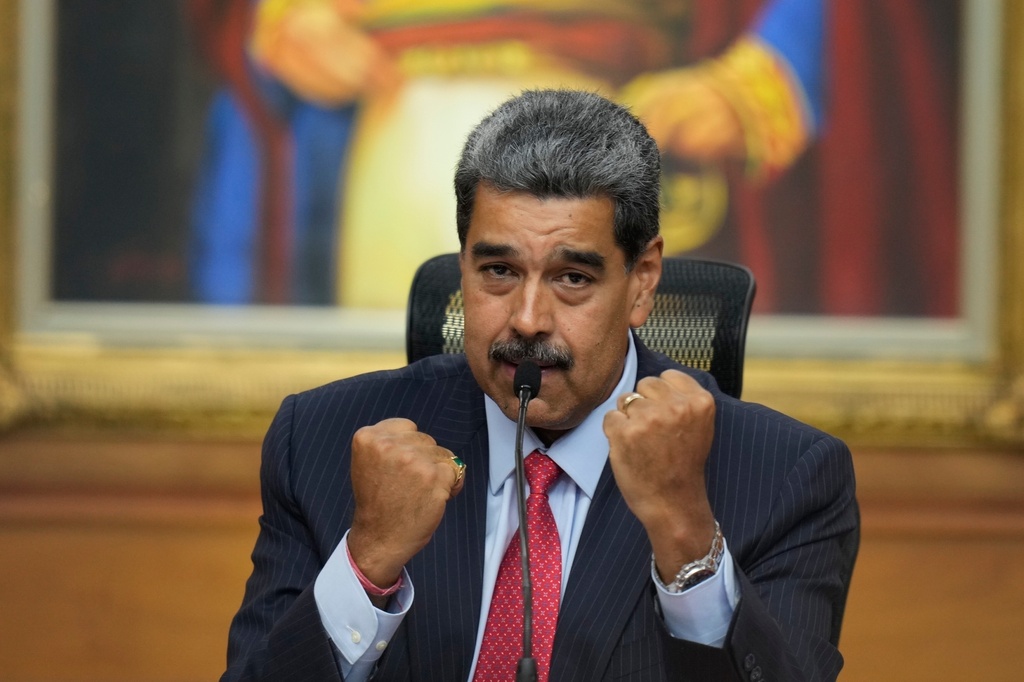We won't see global gender equality in our lifetime. It will take close to 100 years for some countries to reach gender parity, and 257 years for the rest of the world. That's according to a new report by the World Economic Forum.
The 2020 Global Gender Gap paper studied 153 countries and found Iceland to be the most gender-equal country in the world for the 11th year, followed by Norway and Finland. The United States ranks 53rd, down two spots from last year. U.S. progress didn't keep pace with other countries in the report, and our income inequality remains high. Pakistan, Iraq and Yemen are at the bottom of that list, with only 6% of women in Yemen's workforce.
The rankings are based on four components: economic participation and opportunity, educational attainment, health and survival, and political empowerment.
The largest gap? Politics. Despite some improvements from last year... Over the past 50 years, more than half the countries studied never had a female head of state (this includes the U.S.) and only 25% of global political seats are occupied by women. For example, Tajikistan only has 19% of women in parliament, which the UN attributes to barriers in education, cultural norms and economic power.
During a visit to Singapore, former President Barack Obama expressed the importance of having female political leaders: "If all the countries in the world were to be run by women for the next two years, there would be significant improvement across the board 'on just about everything.'"
Women are also underrepresented in tech, including cloud computing, artificial intelligence, and engineering. They make up less than 30% of this workforce. The report recommends a talent pipeline by creating programs for women in STEM (Science, Tech, Engineering, and Mathematics) programs. It also recommends companies recruit 50% female talent in all levels by 2022.




 Upcoming Democratic Debate Will Have Fewer Voices Of Color
Upcoming Democratic Debate Will Have Fewer Voices Of Color






